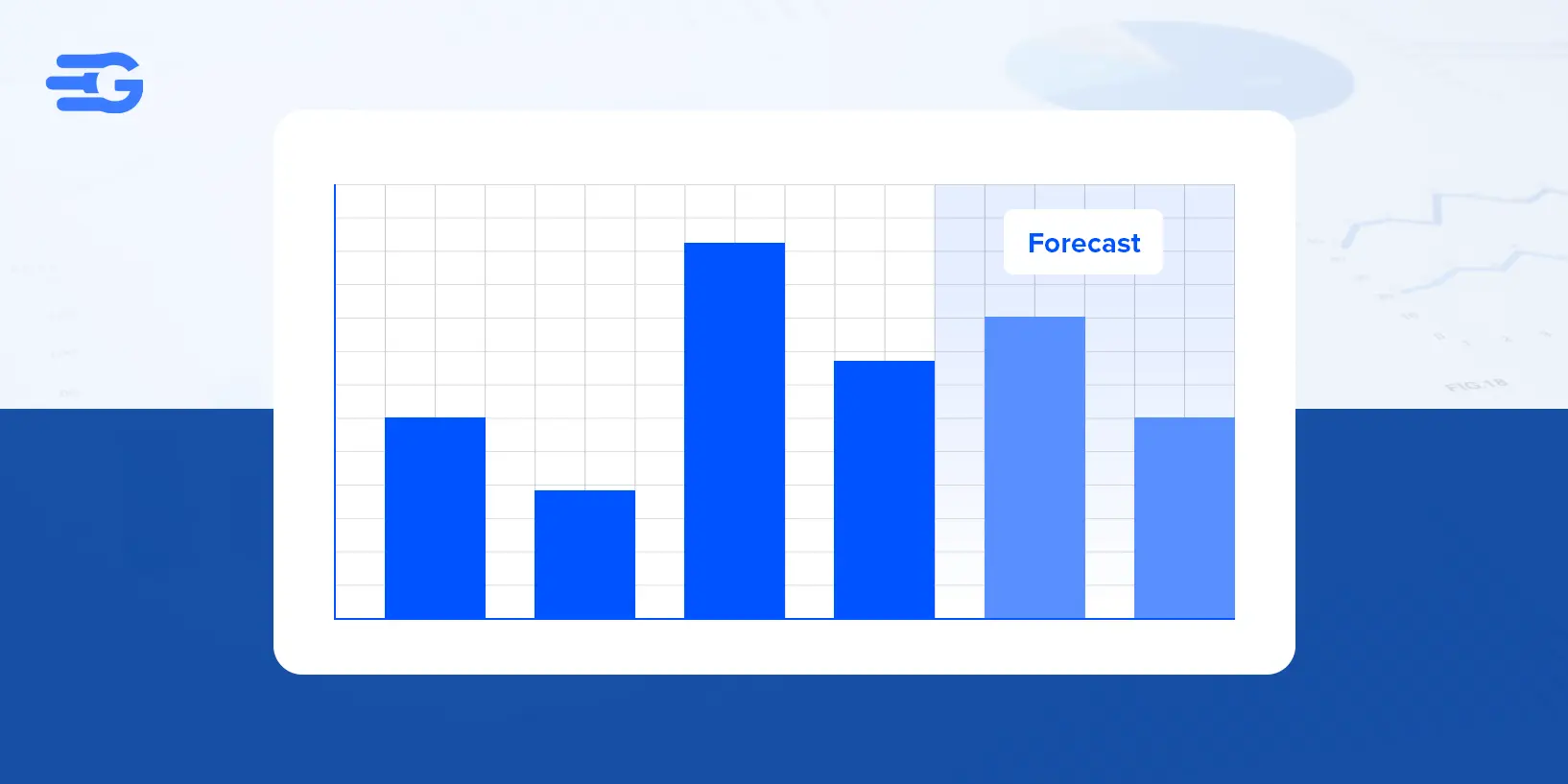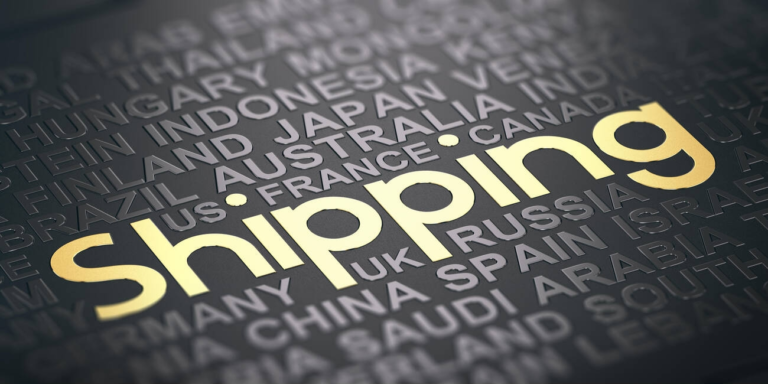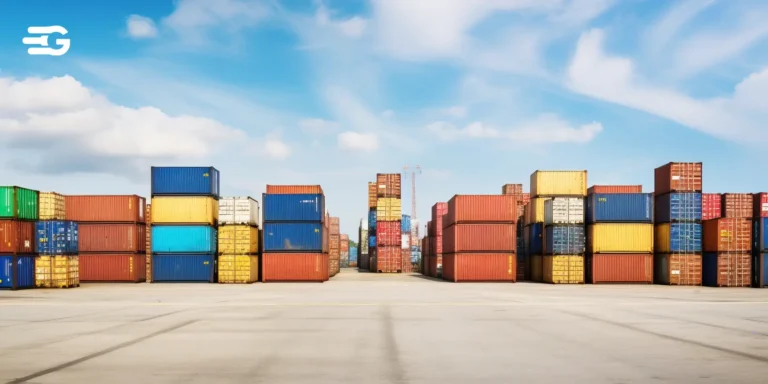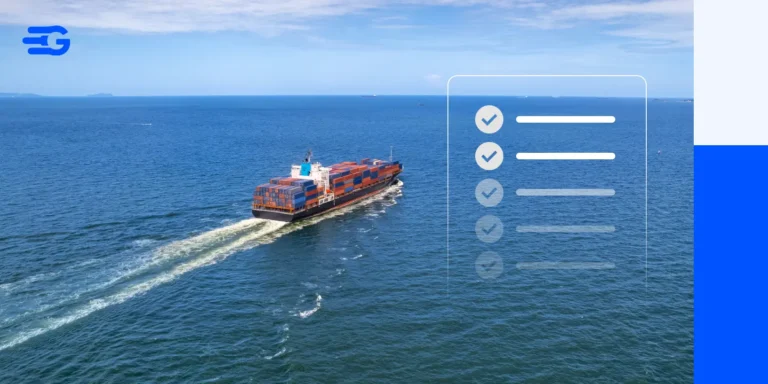A Guide to Demand Forecasting in Supply Chain Management
Supply chain management lives and dies on timing. Even the best products can end up stuck in warehouses or delayed at the last mile if you don’t know how much demand is coming. That’s where demand forecasting in supply chain comes in. It’s about predicting what your customers (or your customers’ customers) will need, so you can keep shipments moving and avoid unnecessary costs.
The challenge is, demand doesn’t always follow a neat pattern. Sudden surges, unexpected drops, and market shifts can all throw off your plans. That’s exactly why we are writing this guide. Let’s break down what goes into a good forecast, which methods actually work, and how your business can use demand forecasting in supply chain to run a tighter operation.
What is Demand Forecasting?
When your job is to keep shipments running smoothly, demand forecasting in supply chain is what lets you work ahead instead of fighting fires. Demand forecasting is about predicting the volume you’ll need to move, where, and when. You’re responsible for making sure they get to the right place, at the right time.
If your demand forecasting in supply chain is solid, you avoid surprises like trucks going out half full or, worse, shipments getting delayed because nobody saw a spike coming.
It also makes it easier to coordinate with suppliers and keep customers in the loop. Demand forecasting in supply chain is the base for smoother schedules, less wasted effort, and lower costs all around. Miss this step, and things start slipping fast.
Types of Demand Forecasting in Supply Chain
There’s no single way to approach demand forecasting in supply chain management. Different situations call for different forecasting methods, and knowing when to use which one makes a real difference. Let’s break down the main types you’ll see in actual supply chain planning.
Qualitative vs. Quantitative Forecasting
Qualitative forecasting is more about expert opinion, market research, or what your sales and logistics teams are hearing on the ground. This method works best when there isn’t much hard data to lean on like when you’re entering a new market or launching a product.
Quantitative forecasting relies on numbers. It uses historical shipment data, sales records, and sometimes advanced modeling. If you have enough past data, this approach is usually more accurate and objective.
Short-Term vs. Long-Term Forecasting
Short-term forecasting focuses on the immediate weeks or months ahead. It’s what you use for scheduling shipments, booking warehouse space, or lining up transportation. This is where agility matters. If you move a lot of seasonal goods, short-term forecasting is critical.
Long-term forecasting looks further out. Sometimes quarters or even years. This is about strategic planning, network design, and capacity investment. It won’t catch every shift, but it’s key when you’re planning for expansion or negotiating contracts with logistics partners.
Passive vs. Active Forecasting
Passive forecasting assumes the future will look similar to the past. It’s simple and works when your demand patterns are stable and predictable.
Active forecasting is more hands-on. Here, you account for market changes, promotions, economic trends, or even sudden disruptions. Teams using active forecasting and demand forecasting in supply chain are more likely to spot swings early and adapt their shipping plans before issues pile up.
Common Methods
There are a few core approaches businesses actually use when they need for demand forecasting in supply chain for shipments and logistics planning.
Each has its own use case, strengths, and limitations. Here’s a quick look:
| Method | How It Works | When to Use It |
| Historical Sales Data Analysis | Looks at past shipment or sales records to predict what’s next. | When you have strong, consistent past data and similar market conditions. |
| Market Research & Expert Opinions | Uses industry studies, customer surveys, and experience from your team for better demand forecasting in supply chain. | Useful when launching new products or entering unfamiliar markets. |
| Predictive Analytics & Machine Learning | Algorithms process big data sets, spot trends, and adjust to real-time changes. | Best for complex, fast-moving supply chains where many factors drive demand. |
| Time-Series Models | Examines demand patterns over time, like seasonality or cycles. | Effective for products with steady, repeating demand cycles. |
| Causal Models | Factors in external drivers like promotions, economic trends, or competitor actions to predict changes. | Works when outside events have a clear impact on demand. |
Most supply chain teams combine a few of these demand forecasting in supply chain approaches to balance speed, accuracy, and flexibility.
Benefits of Accurate Demand Forecasting in Supply Chain
When you get good with demand forecasting in supply chain management, you’re setting up the rest of your operation for smoother execution and fewer headaches.
- Tighter shipment schedules: You know exactly what needs to move, where, and when, thanks to demand forecasting in supply chain. This means trucks aren’t leaving half full, and you’re not rushing at the last minute to find extra capacity.
- Consistent service levels for customers: On-time, predictable delivery builds trust. Customers start to rely on you, and that steady performance is often what gets you repeat business.
- Lower operating costs: Better forecasts let you avoid costly surprises. You’re not booking too much transport, nor scrambling for last-minute options that eat into your margin.
- Improved supplier relationships: Accurate projections help you communicate better with your partners. When everyone knows what to expect through demand forecasting in supply chain, you see faster response times and fewer disputes.
- Faster reactions to change: Good forecasting doesn’t eliminate surprises, but it helps you spot them early. That way, you can tweak routes or schedules quickly before problems get expensive.
That’s what you actually gain when forecasting works.
We also have one real world example: Essentra. They improved its shipment planning and overall operational efficiency by using GoComet’s platform, which helped the team get clearer, real-time visibility into demand and logistics across all their locations
The Role of Technology
A lot has shifted in supply chain management because of new tech. It’s not just spreadsheets anymore. The right tools are giving teams better data, quicker insights, and more control when things shift fast.
| Aspect | Old Approach | Modern Approach with Technology |
| Data Gathering | Manual entry, spreadsheets | Automated pulls from multiple systems, real-time updates |
| Forecasting Models | Basic historical averages | AI, machine learning, predictive analytics |
| Responsiveness | Slow to react, lagging info | Near-instant alerts, dynamic planning |
| Visibility | Fragmented, siloed info | Unified dashboards, end-to-end supply chain view |
| Decision Support | Guesswork, trial and error | Data-driven suggestions, scenario planning |
There’s also one real upside here. McKinsey notes that when businesses use AI to forecast demand based on what’s actually driving it, they often see accuracy improve by 10 to 20%. This further translates results in inventory cost reduction by about 5%, while revenues climb by 2-3%.
Platforms like GoComet help unify all your shipment data, connect forecasts with live orders, and flag issues before they turn critical. When you automate and connect the dots, you get a much clearer picture and you spend less time chasing numbers.
Best Practices
So, what separates the companies that stay ahead from the ones always playing catch-up? It’s usually the way they approach forecasting.
The best teams treat it as a living process, not a one-time report. They bring together people, data, and technology to make sure every decision is grounded in reality, not gut feel.
- Break the silos: Demand forecasting gets sharper when everyone shares what they know. Sales might pick up on a surge in inquiries, while procurement hears about a potential delay. Tying these threads together creates a fuller, more accurate picture.
- Start with clean, reliable data: Every forecast is only as strong as its inputs. That means double-checking your numbers, syncing data across systems, and making sure nothing slips through the cracks. Up-to-date information gives you the clearest view of what’s coming.
- Lean on technology for deeper insights: AI, predictive analytics, and supply chain platforms can uncover shifts you’d never spot by hand. These tools surface trends early, flag outliers, and help you focus attention where it counts.
- Build in regular reviews and refinements: The best teams never set forecasts on autopilot. They circle back, compare what happened to what was expected, and make adjustments. This feedback loop helps the process get smarter over time.
- Stay flexible and plan for volatility: Surprises are part of the game. The goal isn’t to avoid them completely but to have contingency plans ready. Whether it’s flexible shipping slots, extra carrier options, or backup suppliers, a little planning goes a long way when demand takes an unexpected turn.
Stitching these practices together turns forecasting from a guessing game into a real advantage for your supply chain.
Conclusion
When you have reliable forecasts, every part of your logistics operation, runs smoother and wastes less. That’s how you stay a step ahead, even when the market throws something unexpected your way.
If your current forecasting setup feels like it’s lagging behind, maybe it’s time for a fresh look. Modern tools can do the heavy lifting, connect all your data, and make it easier to act with confidence. Want to see how this works in practice? Book a demo with GoComet and check out what smarter forecasting can do for your supply chain.






